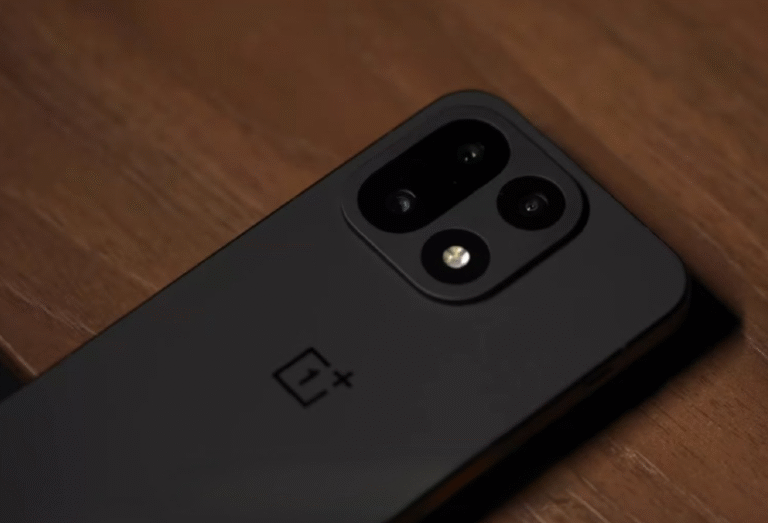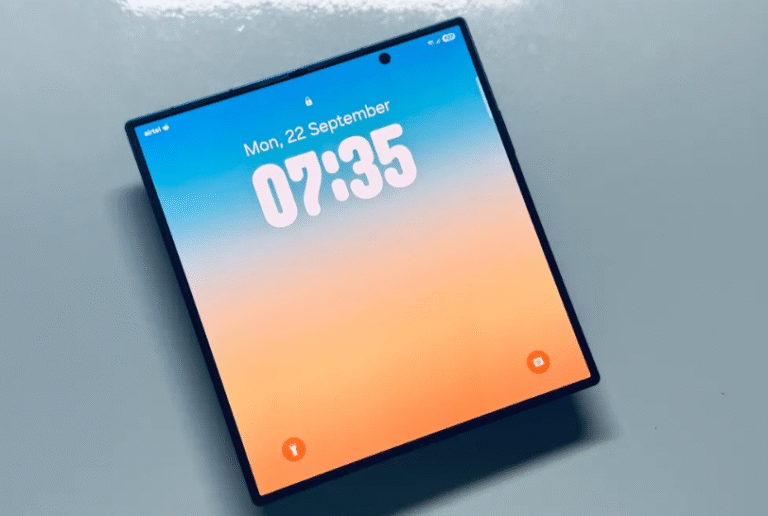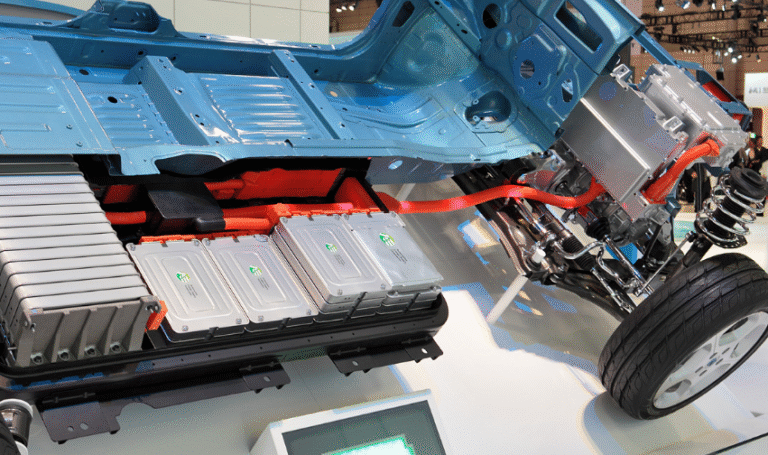
The foldable smartphone market has evolved from being a novelty to a full-fledged premium segment, and in 2025, two names dominate the conversation: Google’s Pixel 10 Pro Fold and Samsung’s Galaxy Z Fold 7. Both aim to deliver the ultimate blend of productivity, style, and future-ready technology—but they do so with different philosophies. Let’s break down what to expect from these two flagships.
Design & Durability
- Pixel 10 Pro Fold: First foldable with IP68 dust and water resistance—making it robust and reliable in varied environments. It comes with a gearless hinge claimed to be twice as durable, built with aerospace-grade aluminum
- Galaxy Z Fold 7: Impressively slim and light (8.9 mm folded / 215 g), built with Gorilla Glass Victus 2, Ceramic 2, and an Armor FlexHinge for longevity. However, it has only IP48/IP54 dust resistance—less capable against fine debris

Displays
- Pixel 10 Pro Fold:
- Inner: 8-inch Super Actua Flex OLED, LTPO (1–120 Hz), ~2076×2152, up to 3000 nits peak brightness
- Cover: 6.4-inch OLED, 1080×2364, 60–120 Hz, also up to 3000 nits
- Galaxy Z Fold 7:
- Inner: 8-inch Dynamic AMOLED 2X, LTPO, ~2184×1968, around 2600 nits
- Cover: 6.5-inch Dynamic AMOLED 2X, 2520×1080, Gorilla Glass Ceramic 2
Verdict: Pixel edges out in brightness and brightness-focused durability; Samsung offers a slightly larger cover screen and refined display construction.
Performance & Software
- Pixel 10 Pro Fold: Google Tensor G5 (3 nm) with 16 GB RAM standard, up to 1 TB UFS 4.0 storage, Android 16 with seven years support. Its Tensor G5 brings ~34 % CPU boost over prior generation.
- Galaxy Z Fold 7: Qualcomm Snapdragon 8 Elite for Galaxy, 12 GB RAM (16 GB on top-end model), same Android 16 with One UI 8 and same update promise.

Verdict: Samsung likely leads in raw benchmark performance; Google shines in AI-centric usability and long-term support.
Cameras
- Pixel 10 Pro Fold: Triple rear — 48 MP wide, 10.5 MP ultrawide, 10.8 MP telephoto (5× optical). Features like Instant View, Camera Coach and AI tools enhance the experience.
- Galaxy Z Fold 7: Headlining with a 200 MP main sensor, then 12 MP ultrawide, 10 MP telephoto (3× optical), delivering unmatched image quality in raw clarity.
Verdict: Samsung dominates in hardware-meets-output; Google’s computational shooting is still strong.
Battery & Charging
- Pixel 10 Pro Fold: Massive 5,015 mAh battery, supports 30 W wired charging (50% in ~30 mins) and built-in Qi2 magnetic wireless (Pixelsnap) up to 15 W
- Galaxy Z Fold 7: 4,400 mAh battery, slower 25 W wired and 15 W wireless; reverse wireless without magnetic support.
Verdict: Pixel offers greater longevity and charging convenience; Samsung lags a bit behind in endurance.
Pricing & Value
- Pixel: Starting at $1,799 (
₹1.73 lakh), top variant around $2,149 (₹1.90 lakh) - Samsung: Starts at $1,999 (
₹1.75 lakh), with flagship variant up to $2,419 (₹2.05 lakh)
Verdict: Pixel gives you a better value pack—features like IP68, bigger battery, and magnetic charging—for ~$200 less.
Final Take: Which One Should You Choose?
| If You Prioritize… | Choose Pixel 10 Pro Fold | Choose Galaxy Z Fold 7 |
|---|---|---|
| Durability, dust/water resistance | IP68, gearless hinge | IP48 (dust-prone), but sleek and slim |
| Battery life & charging convenience | Larger battery, Qi2 (Pixelsnap) | Compact but shorter endurance |
| Display brightness & front cover readability | 3,000 nits, crisp OLED | Slightly larger, more traditional aspect ratio |
| Performance & impressive cameras | Strong AI features, 5× zoom | Superior chipset and 200 MP camera |
| Cost-efficiency overall | ~$200 cheaper with compelling features | Premium but costlier for similar storage tiers |




